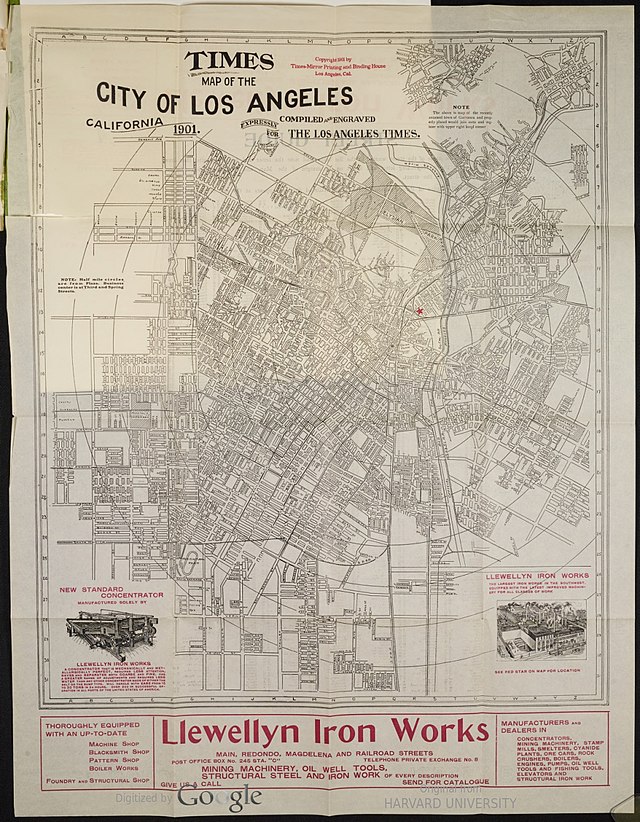Fish is a popular source of protein, but not all fish are the same. The two main types available are wild-caught and farmed-raised fish. They each have their pros and cons. Some believe wild fish is cleaner and more natural, while others argue that fish farming is necessary to keep up with global seafood demand. So, which one is the better choice? The answer depends on your value: health, cost, or convenience.
Anyone who eats fish whether for nutrition, affordability, or sustainability should understand the difference between wild and farm-raised fish so they can make the best choice for their lifestyle and values.
This article breaks down the differences between wild and raised, focusing on their nutritional value, environmental impact, and accessibility while also exploring which one is truly better depending on your priorities.
The debate over wild versus farm fish has been ongoing for years, but it’s more relevant now than ever, with people prioritizing health. Understanding how our food choices impact our bodies and the planet is important.
This issue affects grocery stores, fish markets, and restaurants everywhere whether you are ordering a high-end seafood restaurant or picking up a frozen fillet at the supermarket, you are choosing between wild and farmed-raised fish, sometimes without even realizing it.
Some believe wild fish is cleaner and more natural; others argue that fish farming is necessary to meet the world’s demand for seafood. Understanding both sides helps consumers make informed choices aligning with their health goals, budgets, and values.
To figure out which type of fish makes the most sense for you, it helps to look at where they come from, what they eat, and how they affect your health and the environment. Wild fish might be the easier pick if you want something natural and nutrient-packed, but farmed-raised fish could be the way to go if you care about cost and availability at the end of the day, it’s about what works best for your lifestyle.
Wild fish come straight from oceans, lakes, and rivers, living in their natural habitat and eating what they find in the wild. Because of this, they tend to be leaner, higher in omega-3 fatty acids, and free from artificial additives. However, wild fish can contain high levels of mercury and other pollutants due to water contamination. Since catching wild fish requires more effort, they are usually more expensive and harder to find compared to farmed fish. Their availability also depends on the season, which means certain types of wild fish may not always be on the market. Farm-raised fish are bred in controlled environments, making them cheaper and more widely available year-round because they are raised in tanks or enclosed areas. They don’t swim as much, which often makes them fatter than wild fish. Some farmed fish are fed a controlled diet, which can be good or bad, depending on the quality of the food given to them. The biggest concerns with farmed fish are the use of antibiotics and chemicals to prevent disease, as well as the potential for overcrowding and fish farms. However, not all farmed fish are raised the same way some farms use sustainable and ethical practices while others don’t. If nutrition is your main concern, wild fish generally wins because they are higher in omega-3‘s, have few artificial additives, and contain less unhealthy fat however, not everyone needs the absolute healthiest option for those who just want a reliable source of fish that fits the budget farmed fish usually is the solid choice. To highlight the preference, I interviewed a man at Vons named Jonathan Reed, a stay-at-home dad who is a fisherman in his free time. “I always go for wild fish when I can afford it. It just tastes better and feels healthier. Also pretty darn good when it’s caught yourself,” “Farmed fish gets a bad rep, but it’s what most people buy. Not everyone has the budget for wild-caught,” explains Amber Kim, a grocery worker at Vons.
At the end of the day, there is no one-size-fits-all answer. If you care about nutrition and a natural diet, wild fish is the way to go, but if you are looking for something affordable and convenient, farmed fish is usually the solid choice The key is to buy from reliable sources, whether they are wild or farmed, so you know exactly what you’re putting on your plate. Understanding the differences between wild and farm fish helps you make the best choice based on what matters most to you. No matter what you choose, knowing what you’re eating is always a smart move.



























